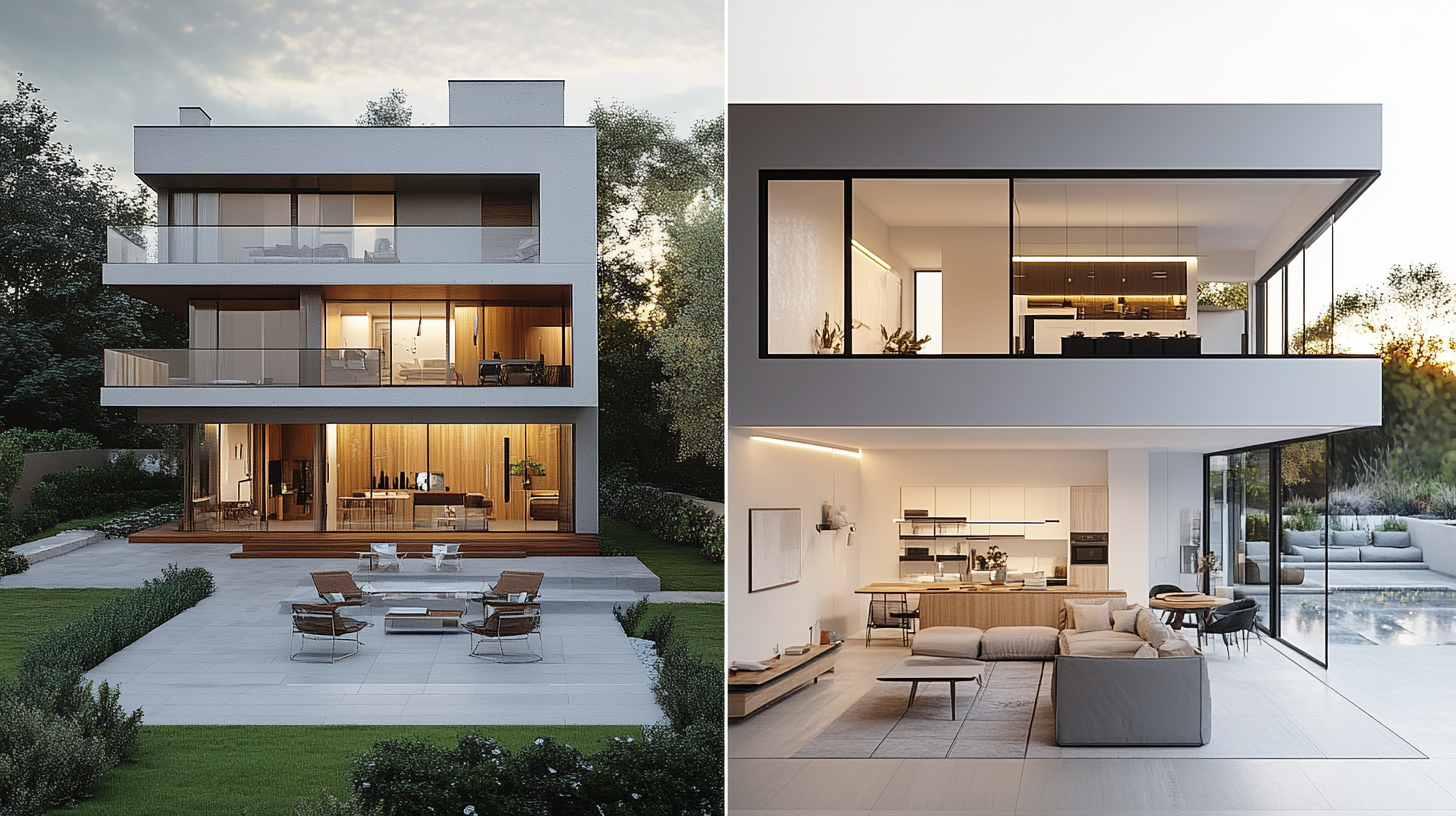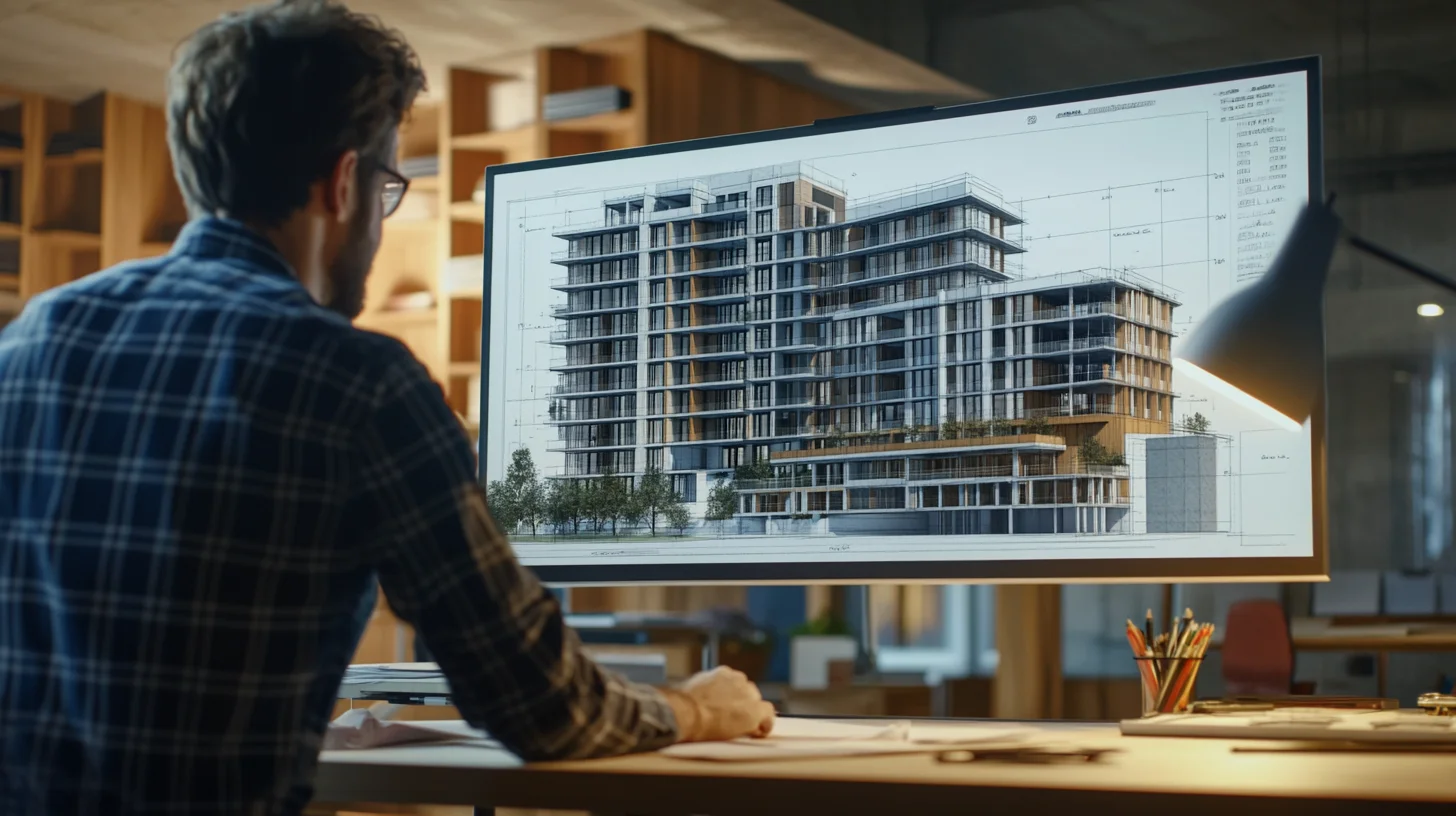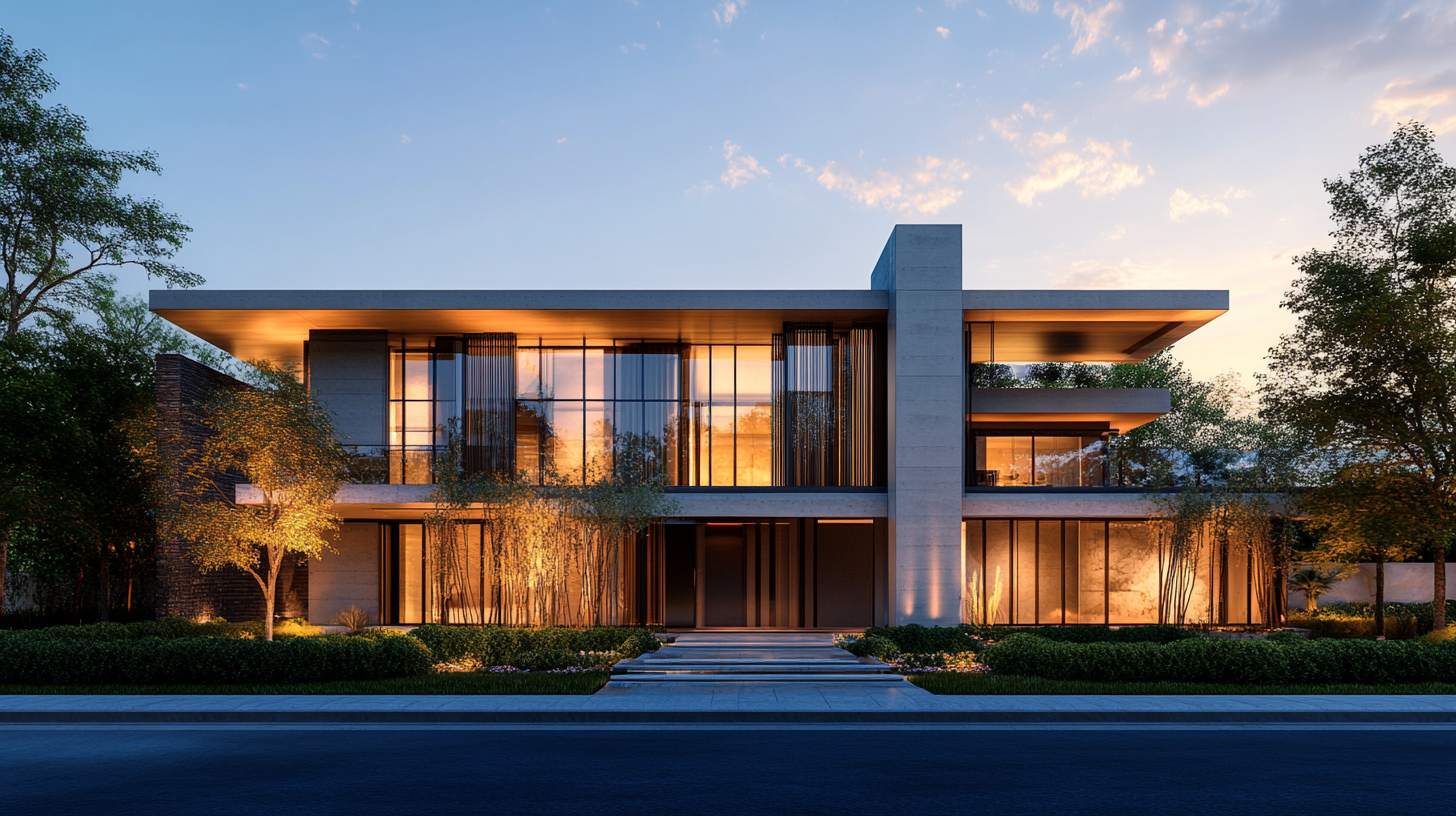
What is 3D Architectural Rendering and Why It Matters in Modern Construction
The architectural and construction landscape today is more competitive than ever. Visualizing a project accurately before laying the first brick is no longer a luxury but a necessity. This is where 3D architectural rendering comes in, transforming static 2D plans into dynamic, lifelike visualizations that convey depth, texture, and realism. But why has this technology become a game-changer for architects and construction professionals alike?
In this blog, we’ll explore the world of 3D rendering, its applications, and why it’s now regarded as an essential tool in modern construction. Whether you’re an architect at the top architecture company in Chennai or a contractor looking for innovative solutions, this guide is for you.
What Is 3D Architectural Rendering?
Simply put, 3D architectural rendering is the process of creating a three-dimensional digital representation of a design. It turns flat, technical 2D drawings into highly detailed images or animations that mimic reality.
This technology allows architects and builders to create hyper-realistic renders of a building, from its façade to its interiors, and even its surroundings. It’s not just about aesthetics; the process helps in understanding spatial relationships, lighting, materials, and textures.
Types of 3D Rendering
To fully appreciate the scope of 3D rendering, here’s a breakdown of its main categories:
1.Exterior Renders
Showcase the building’s exterior, such as its façade, landscaping, and surrounding environment. Perfect for understanding how a structure fits into its context.
2.Interior Renders
Bring the inside of a building to life by visualizing furniture layouts, lighting, and texture details. Ideal for a sneak peek of how the interiors will feel.
3. 3D Floor Plans
Provide a bird’s-eye view of the layout to illustrate room arrangements, dimensions, and flow.
4.Aerial and Walkthrough Animations
Offer panoramic views and immersive virtual tours, enabling a dynamic experience of the design.
With an extensive toolkit of visualization options, the best construction company in Chennai can use 3D rendering to provide unparalleled clarity, accuracy, and detail in their projects.
Why 3D Rendering Matters in Modern Construction
3D architectural rendering isn’t just about producing pretty pictures; it’s a practical tool with concrete benefits. Here’s why it matters so much:
1. Improves Design Accuracy and Clarity
3D rendering allows architects to review spatial relationships, scale, and textures in a realistic setting. By visualizing how materials look under specific lighting or how spaces interact, you can spot design flaws early. This ensures every aspect of the project aligns with the vision before construction begins.
2. Enhances Client Communication
Traditional 2D drawings can be difficult for clients to interpret, leading to misunderstandings and disappointment. With 3D rendering, clients can engage more deeply with projects by seeing them as if they already exist. This transparency fosters confidence and empowers clients to make decisions faster.
3. Speeds Up Project Approvals
Communicating your design intent to stakeholders, permit authorities, and investors can be challenging. High-quality visualizations make it easier for everyone involved to grasp the idea quickly. This reduces back-and-forth delays and smoothens the approval process.
4. Reduces Costly On-Site Changes
Mistakes caught during construction are expensive to fix. By identifying potential design issues during the planning stage using 3D renders, you sidestep unnecessary rework, saving both time and money.
5. Boosts Marketing and Sales
For real estate developers and contractors aiming to attract buyers and investors, first impressions matter. High-quality renders, walkthroughs, and animations can elevate your marketing materials, making your projects stand out in a competitive market. It’s no wonder why the best construction company in Chennai uses 3D rendering to wow their clients.
Future of 3D Architectural Rendering
Tools and techniques in architectural rendering are evolving rapidly. Here’s a glimpse of what the future holds:
AI-Powered Rendering
Artificial Intelligence is making rendering faster and more precise. AI algorithms can now refine designs in real-time or offer automated suggestions for materials, textures, and lighting.
Integration with VR/AR
Virtual Reality (VR) and Augmented Reality (AR) are taking architectural visualization to a whole new level. Clients can now “walk through” spaces virtually or see a building come to life overlaid on a real-world site using AR technology.
Real-Time Rendering Innovations
Real-time rendering tools enable architects to make instantaneous changes to designs, continuously refining their work. This reduces turnaround times and enhances collaboration between teams and clients.
Why 3D Rendering Is Essential for Chennai’s Growing Infrastructure
The demand for cutting-edge technology like architectural visualization is soaring, especially in markets like Chennai known for their fast-paced construction activity. Companies vying to be the top architecture company in Chennai must recognize that 3D renders aren’t just optional tools anymore; they’re vital for staying competitive.
These solutions not only improve every stage of the design and construction process but also provide a lasting impression on clients and stakeholders.
Take Your Projects to the Next Level with 3D Rendering
The benefits of 3D architectural rendering are clear. From improving accuracy and client communication to inspiring confidence and boosting sales, this technology plays a pivotal role in bridging the gap between vision and reality.
Whether you’re an architect or a builder, integrating 3D rendering into your process ensures your designs don’t just meet expectations but exceed them. Step into the future of construction and design; it’s time to elevate the way you create, communicate, and execute projects.
Looking to stay ahead in construction innovation? Partner with experts who use advanced 3D rendering tools to transform your ideas into reality.



